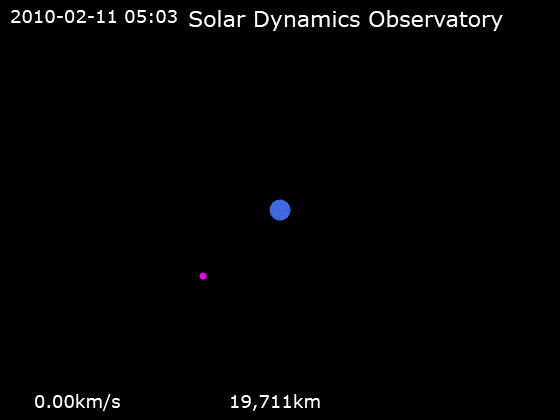Evaluating Urban Expansion: A Global Study on Mapping Tools Efficacy

Understanding urban growth is crucial for creating sustainable city environments, yet accurately mapping urban expansion remains a significant technical challenge. A comprehensive global study published in March 2025 in the *Journal of Geographical Sciences* assessed the performance of various machine learning and deep learning algorithms in extracting urban footprints from high-resolution satellite imagery across eight diverse cities worldwide.
The research, conducted by a team from the University of Aberdeen, evaluated traditional classification methods alongside advanced deep learning techniques, including the Segment Anything Model (SAM). Baoling Gui, the lead author and a PhD candidate in remote sensing and urban geography, emphasized the complexity of urban morphology, stating, "Urban morphology varies tremendously from one city to another, so no single model fits all." This statement highlights the necessity of tailoring algorithm selection to specific urban contexts to ensure effective mapping.
The analysis found that while traditional pixel-based methods such as K-means and Support Vector Machine (SVM) provided satisfactory results in cities with distinct boundaries, they struggled with complex urban environments characterized by high-rise buildings and integrated green infrastructure. Conversely, deep learning models, particularly U-Net and DeeplabV3, demonstrated superior accuracy, achieving over 90% in most test cases. However, these models required extensive training and computational resources.
The SAM model emerged as a user-friendly alternative that performed well in moderately complex urban areas, suggesting a potential path for more accessible urban mapping solutions. Nonetheless, its effectiveness diminished in fragmented environments, urging researchers to consider hybrid approaches that merge traditional and modern techniques for enhanced accuracy.
The study's implications reach beyond academic research, offering valuable insights for city planners, policymakers, and geospatial analysts. As urban centers continue to evolve amidst challenges related to sustainability and climate adaptation, accurate urban footprint mapping becomes essential for effective urban planning and environmental management. The integration of object-based methods into deep learning frameworks may pave the way for next-generation models that balance performance and flexibility, ultimately supporting smarter urban development strategies.
In conclusion, the comparative analysis underscores the critical importance of selecting appropriate algorithms based on urban characteristics. As cities grow denser and more complex, the need for precise urban footprint extraction tools will only increase, emphasizing the relevance of this research in shaping future urban landscapes. The findings offer a foundation for developing innovative, scalable solutions tailored to the unique demands of diverse urban environments, ensuring cities can adapt to the pressing challenges of the 21st century.
References: DOI 10.1007/s11442-025-2339-y
Advertisement
Tags
Advertisement





